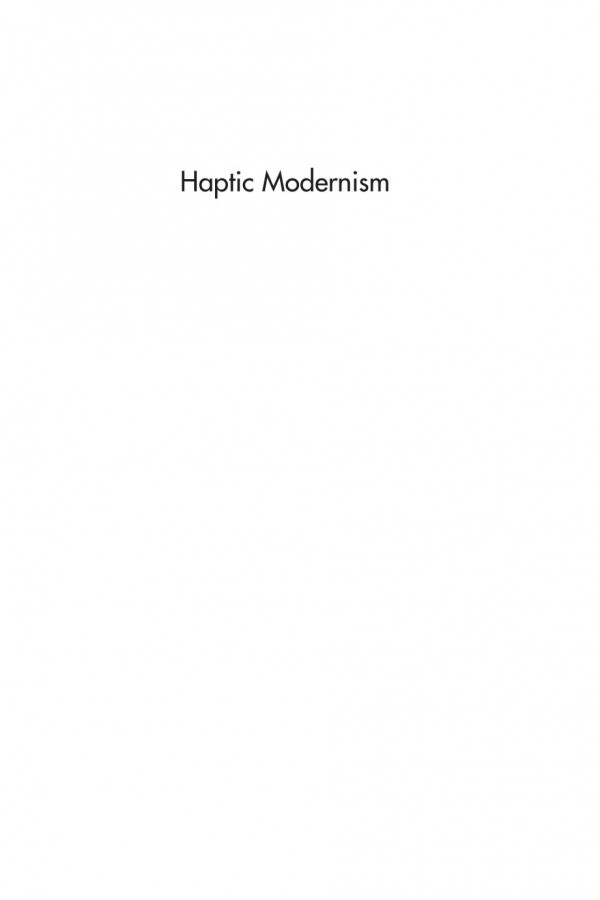

Most ebook files are in PDF format, so you can easily read them using various software such as Foxit Reader or directly on the Google Chrome browser.
Some ebook files are released by publishers in other formats such as .awz, .mobi, .epub, .fb2, etc. You may need to install specific software to read these formats on mobile/PC, such as Calibre.
Please read the tutorial at this link: https://ebookbell.com/faq
We offer FREE conversion to the popular formats you request; however, this may take some time. Therefore, right after payment, please email us, and we will try to provide the service as quickly as possible.
For some exceptional file formats or broken links (if any), please refrain from opening any disputes. Instead, email us first, and we will try to assist within a maximum of 6 hours.
EbookBell Team

5.0
40 reviewsOpens up the field of literary studies to the promise of a haptic-oriented analysis
This book contends that the haptic sense - combining touch, kinaesthesis and proprioception - was first fully conceptualised and explored in the modernist period, in response to radical new bodily experiences brought about by scientific, technological and psychological change.
How does the body's sense of its own movement shift when confronted with modernist film? How might travel by motorcar disorientate one sufficiently to bring about an existential crisis? If the body is made of divisible atoms, what work can it do to slow the fleeting moment of modernist life? The answers to all these questions and many more can be found in the work of four major writers of the modernist canon - James Joyce, Virginia Woolf, D. H. Lawrence and Dorothy Richardson. They suggest that haptic experience is at the heart of existence in the early twentieth century, and each displays a fascination with the elusive sense of touch. Yet these writers go further, undertaking formal experiments which enable their own writing to provoke a haptic response in their readers. By defining the haptic, and by looking at its role in the work of these major names of modernist writing, this book aims to open up the field of literary studies to the promise of a haptic-oriented analysis, identifying a rich seam of literary work we can call 'haptic modernism'.